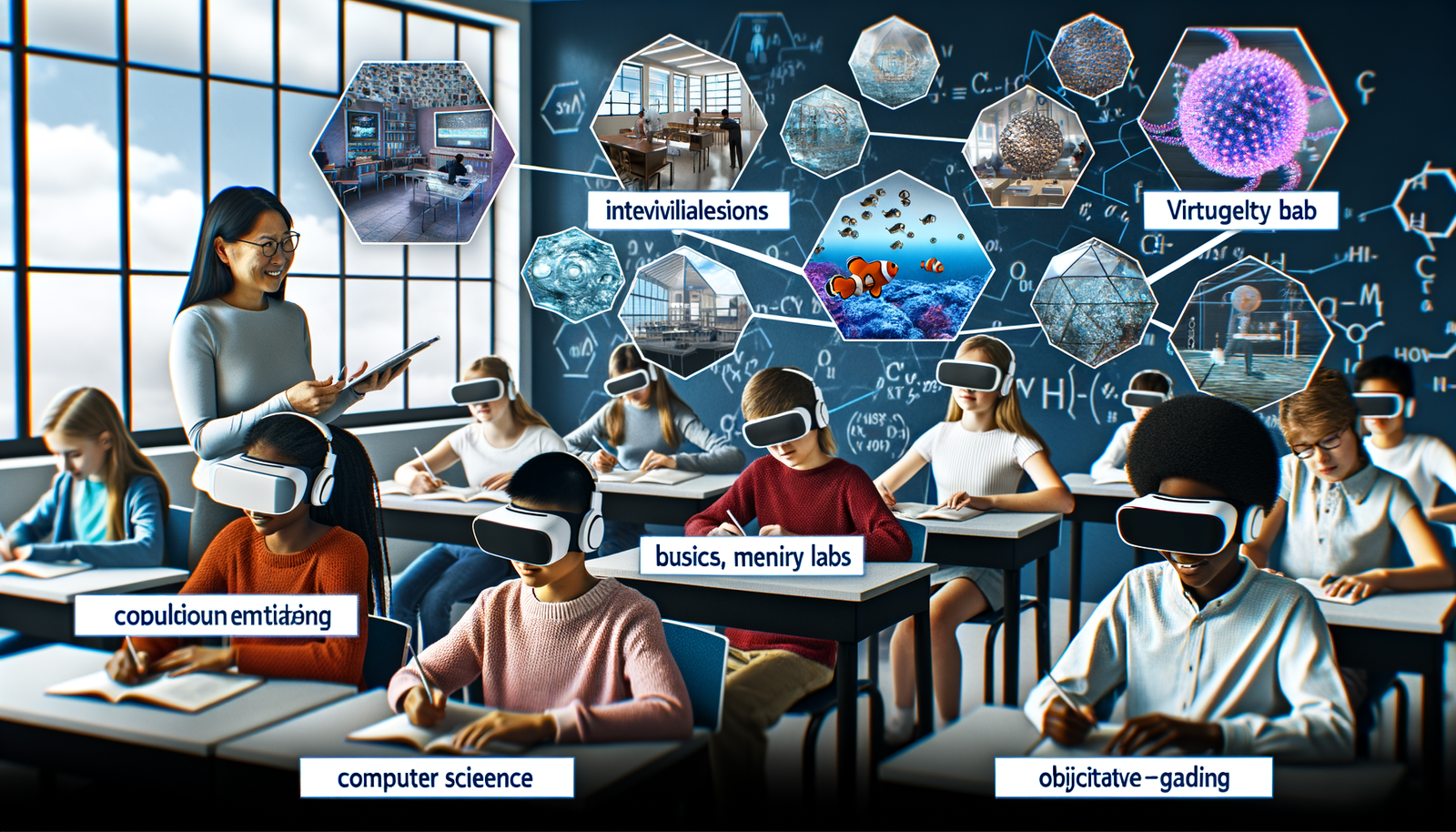
In today’s classrooms, the integration of artificial intelligence (AI) and automation is not just a futuristic idea—it’s a practical tool to enhance educational experiences and prepare students for a technology-driven world. As educators, we’re continuously looking for ways to incorporate these technologies in ways that foster learning and engagement.
One of the most compelling uses of AI in the classroom is through personalized learning experiences. AI can analyze the learning patterns and performance of individual students, allowing for the customization of lessons to fit different learning speeds and styles. For example, an AI system can suggest additional resources or challenging tasks to a student excelling in a particular topic, or offer extra help to someone who is struggling.
Moreover, AI-driven simulation tools in subjects like chemistry or physics can provide students with virtual labs where real-world experiments are not feasible due to cost or safety concerns. This not only makes science education more accessible but also sparks curiosity and interest in STEM fields by providing a hands-on learning experience that is both safe and controlled.
Artificial intelligence also comes in handy in automating administrative tasks that can be cumbersome and time-consuming. Tools like grade prediction software can help teachers understand how a student might perform, allowing them to intervene sooner rather than later. Attendance tracking can also be automated using AI, saving teachers valuable time that can be spent on teaching and mentoring students.
Now, let’s delve into a specific tool that showcases the effectiveness of AI in educational settings—GradeScope. This tool assists educators in grading assignments and exams more efficiently and consistently. It uses machine learning algorithms to recognize handwriting and can grade answers based on a pre-marked rubric. Teachers have noted that GradeScope not only speeds up the grading process but also provides valuable analytics that show class trends and individual student performance over time. This feedback can be crucial in adapting teaching methods to better serve students’ needs.
I had the chance to speak with Jane Doe, a high school biology teacher who has implemented GradeScope in her classroom. She noted, “GradeScope has transformed the way I grade tests. Not only has it reduced the time I spend grading by half, but the analytics feature has given me insights into topics that the majority of the class struggled with, which guides what I focus on in review sessions.”
On top of practical applications like GradeScope, AI and automation offer exciting possibilities for the future of education. Imagine a classroom where AI not only helps in grading but also offers real-time feedback to students during lessons, adjusting challenges and questions based on student responses and engagement levels. This dynamic approach could revolutionize the traditional educational model, making learning a truly personalized experience.
As we continue to explore the potential of AI and automation in education, it is crucial to approach these technologies with a perspective of augmentation rather than replacement. AI should be seen as a tool to enhance the educator’s role, not replace it. The goal is to merge the best of what AI can offer with the irreplaceable human touch of teachers.
Educational technology is undoubtedly a powerful ally in teaching. By staying informed and open to new tools and technologies, educators can provide more engaging, effective, and inclusive learning experiences. Embracing AI and automation in the classroom doesn’t just prepare students for a digital future—it enriches their learning journey in the present.
Leave a Reply